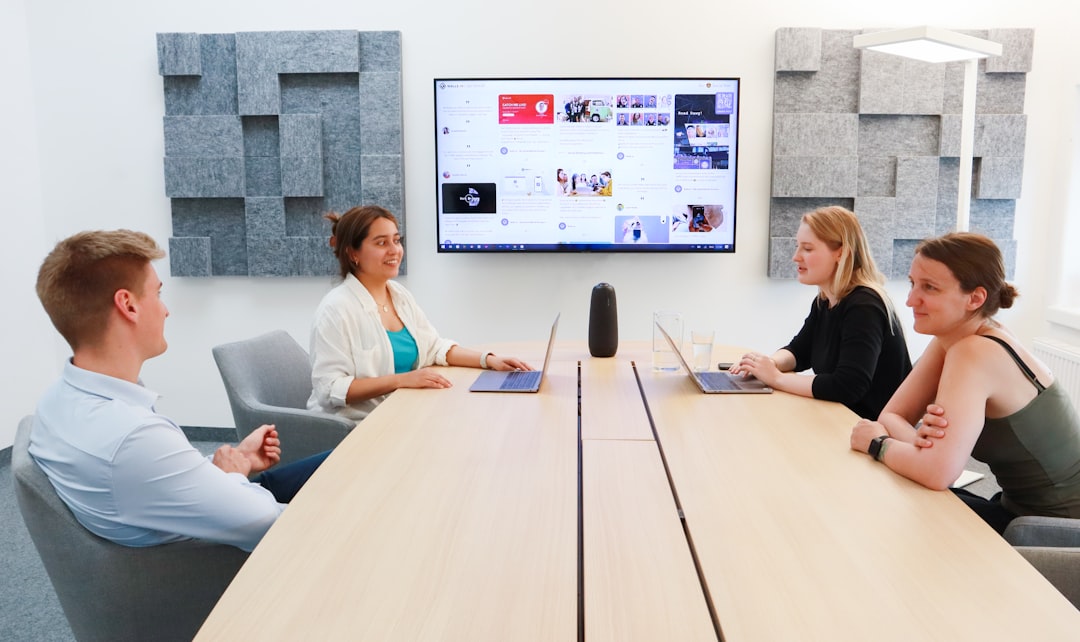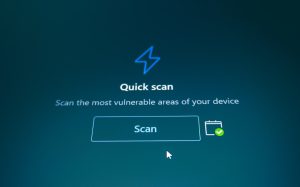
As one of the most popular video conferencing platforms globally, Google Meet has seen widespread use in remote work, online classes, and virtual gatherings. Since its integration into the broader Google Workspace ecosystem, users have often asked questions about its limitations—especially regarding meeting duration. With 2025 now here, many users are wondering: does Google Meet have a time limit in 2025, and if so, what exactly are the rules depending on the type of account?
TL;DR (Too Long; Didn’t Read)
In 2025, Google Meet does impose time limits on meetings, but they vary depending on the type of account you have. Free Google accounts are limited to 60 minutes per group meeting, while one-on-one calls have no time restriction. Paid Google Workspace plans remove these limitations, allowing long or even unlimited meetings. It’s essential to understand your account type to plan your meetings effectively.
Understanding Google Meet’s Time Limits in 2025
The time limit in Google Meet depends almost entirely on whether you’re using a personal (free) account or a Google Workspace subscription. Google has maintained these distinctions over the past few years, and there are no major changes to the structure in 2025, although some minor policy updates have clarified usage details.
1. Time Limits for Free Google Accounts
For users with a personal Gmail account not associated with a Google Workspace plan, the following applies:
- Group meetings: Limited to 60 minutes duration. Once this limit is reached, the meeting will automatically end unless everyone rejoins immediately (some buffer time may be provided).
- One-on-one meetings: No time limit for now. Google continues to offer unlimited one-on-one calls through personal accounts, though this policy is always subject to change.
It’s important to monitor any notifications that appear during a meeting, as Google Meet usually provides a warning when you’re approaching the time limit.
2. Time Limits for Google Workspace Users
Google Workspace is the suite of productivity tools (formerly G Suite) tailored for business, education, and enterprise use. If you’re using an account associated with a Workspace plan, your limits could be significantly different—or even non-existent.
- Google Workspace Individual: Up to 24-hour meetings.
- Workspace Business Starter: Allows meetings up to 24 hours, despite being the most basic plan.
- Workspace Business Standard and Plus: Also support meetings up to 24 hours, with additional recording, breakout rooms, and attendance tracking features.
- Education and Enterprise plans: Meetings can go up to 24 hours, with advanced moderation controls and administrative settings.
This makes Google Meet a highly scalable solution for organizations needing lengthy or recurring meetings without interruptions.

How Google Enforces the Meeting Limits
Google Meet handles time enforcement via its real-time tracking and notification system. Around the 55-minute mark of a free group meeting, users receive a warning advising them that the call will end in five minutes. This gives participants time to wrap up or decide whether to restart the meeting.
One-on-one calls are not currently cut off, regardless of duration. However, users should note that excessive usage may trigger warnings or account reviews per Google’s fair use policies.
Recent Updates in 2025
As of early 2025, Google has made a few clarifications to their Meet usage guidelines:
- Removal of the “generous grace periods” that were temporarily implemented during the COVID-19 pandemic. All free accounts are now back to strict 60-minute limits for group meetings.
- Improved notifications inside Meet to show exact remaining time in the top right corner, helping hosts manage transitions more smoothly.
- Enhancements to admin dashboards in Workspace to monitor live meeting durations and trends across user groups.
These recent updates show Google’s focus on providing clarity and ensuring reliable services for both free and paid users.
How to Check Your Google Meet Time Limit
If you’re unsure about what type of account you’re using—or what your current plan allows—here’s how you can check your time limit rights:
- Open Google Meet on your browser or mobile device.
- Click on your profile icon in the upper right corner.
- Look for an indicator that reads either “Google Account” or “Google Workspace“.
- If you’re using Workspace, your plan (Starter, Standard, Plus, etc.) is typically listed under “Account Settings.”
Alternatively, visit the Google Workspace pricing page for the latest comparison of available plans and time limits.
Comparing Google Meet to Competitors in 2025
When selecting a video conferencing tool, it’s useful to compare time limits across the major platforms:
| Platform | Free Version Time Limit | Paid Version Time Limit |
|---|---|---|
| Google Meet | 60 mins (group), Unlimited (1:1) | Up to 24 hours |
| Zoom | 40 mins (group) | Up to 30 hours |
| Microsoft Teams | 60 mins | Unlimited |
| Skype | 24 hours | Not applicable (free) |
Google Meet remains competitive by offering more generous limits than Zoom’s free tier and integrating seamlessly with other Google services like Calendar, Docs, and Gmail.

Tips to Manage and Extend Your Meetings
If you are running into time restrictions on the free version of Google Meet, here are some best practices to keep conversations flowing:
- Schedule multiple sessions: If you anticipate needing more than 60 minutes, schedule two meets with a short 5-minute break in between.
- Upgrade to Workspace: Consider subscribing to a Workspace plan if your meeting needs are growing. Even the Individual plan can support 24-hour long sessions.
- Encourage concise agendas: Try splitting long meetings into multiple short calls over a few days for better engagement and focus.
- Use Google Calendar effectively: Schedule meetings with start and end times clearly defined so participants stay on track.
Looking Ahead: Will Time Limits Change?
Google generally updates Meet’s feature sets and policies once per year. With growing competition and continued emphasis on workplace collaboration, some speculate that free accounts may one day see increased limits—or, conversely, that one-on-one call limits might be reduced to push users toward paid plans. However, as of 2025, no such changes have been announced.
Keeping tabs on the official Google Meet Help Center is advised if your work depends heavily on these services.
Conclusion
In short, yes, Google Meet does have a time limit in 2025—but the specifics depend on your account type. Free users can host group meetings up to one hour in length, while one-on-one meetings remain unrestricted. Workspace subscribers benefit from extended or unlimited durations, making the platform highly versatile. Knowing these policies empowers you to manage your meetings more effectively and avoid any unexpected shutdowns. Whether you’re teaching a class, leading a team, or just catching up with friends, the right plan makes all the difference.






